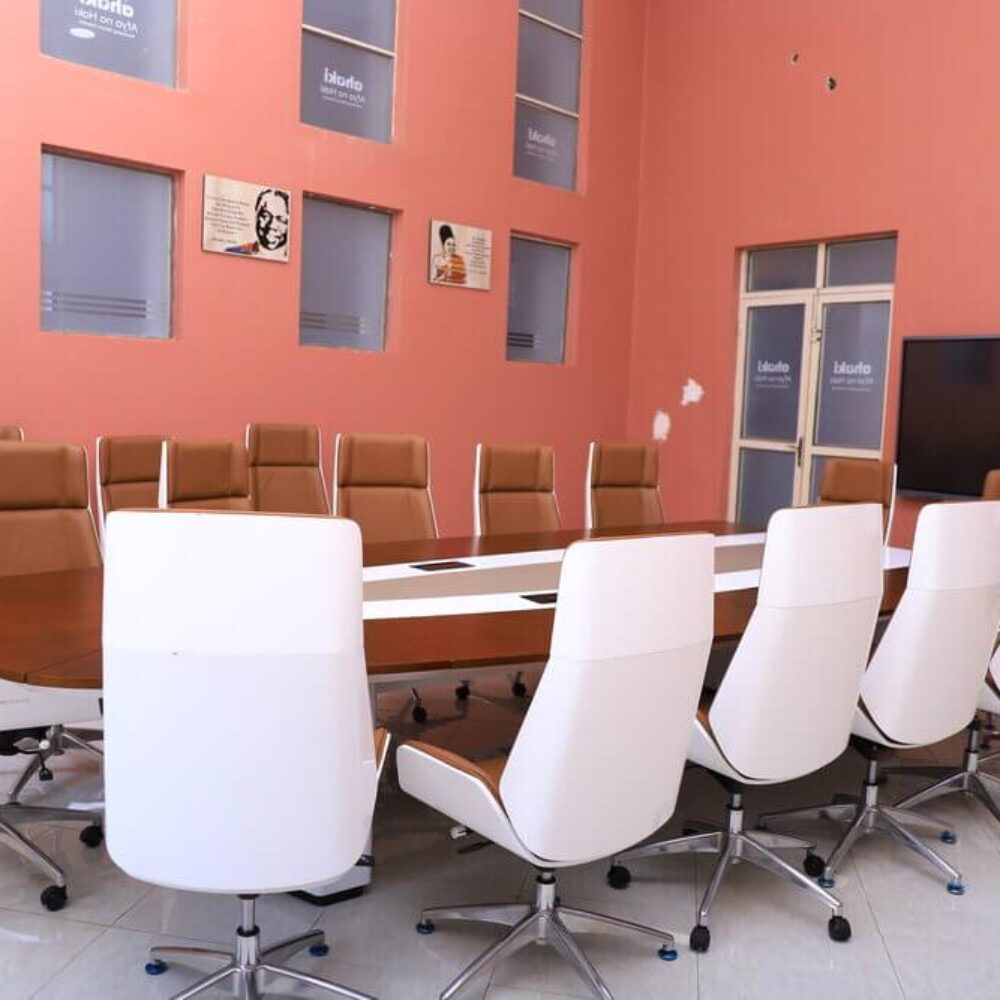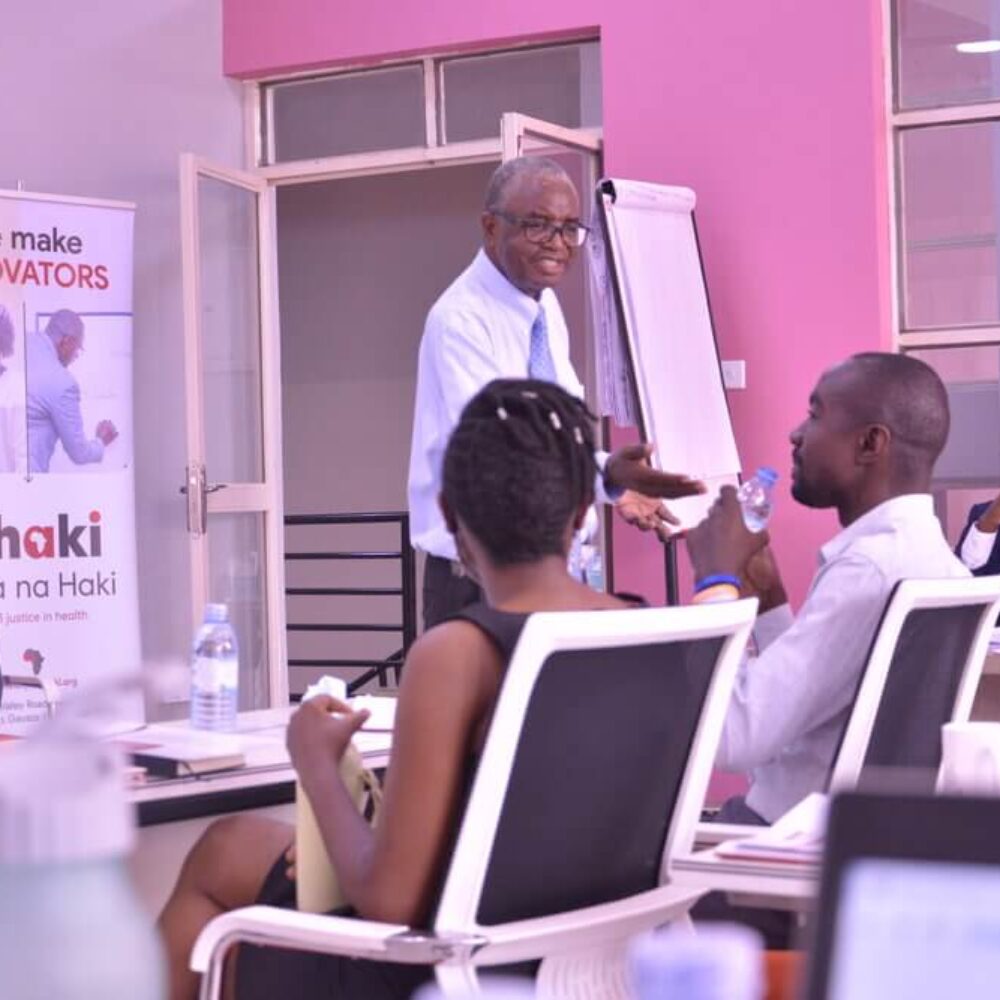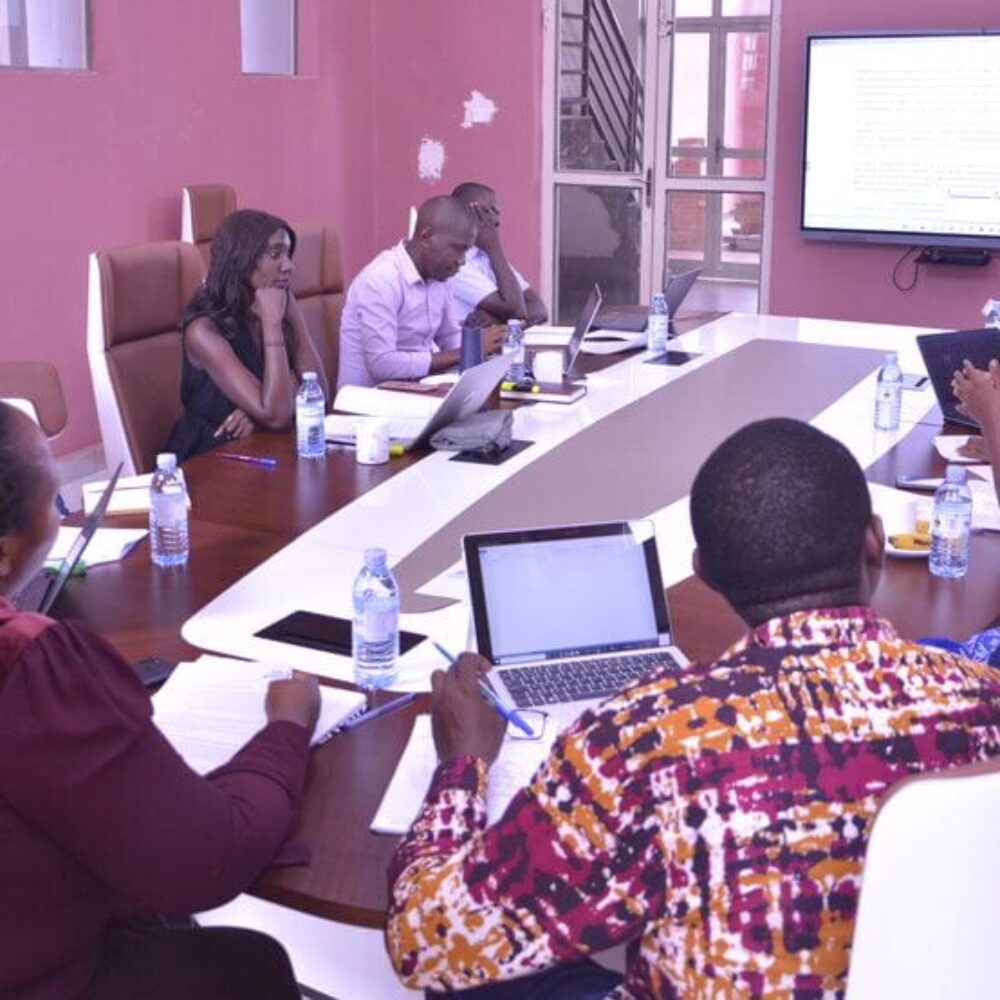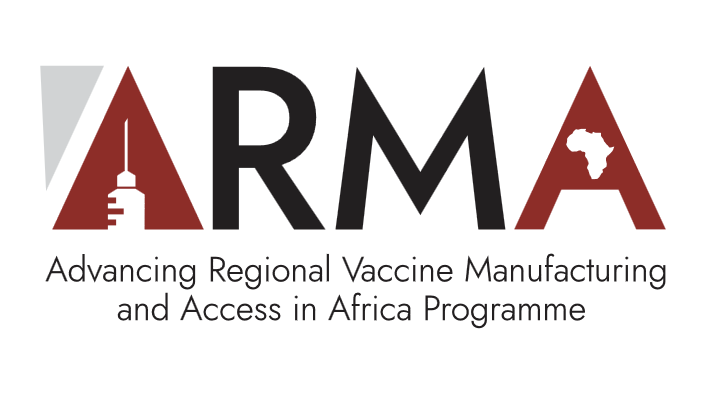Tanzania
Demographics
Currently, the population of Tanzania is estimated to be 66.5 million.4 65,908 new tuberculosis cases were reported in Tanzania in 2016, which makes it one of the 22 countries with the highest tuberculosis burden worldwide. Besides communicable diseases like TB, HIV/AIDS, and vaccine-preventable diseases, maternal, newborn, and childhood illnesses remain the major causes of morbidity and mortality (World Health Organization, 2018b). In 2021, the vaccination coverage for the third dose of the DTP-containing vaccine, Hepatitis B, Haemophilus influenzae type B, was 81%. BCG had a vaccination coverage rate of 75% in 2021 (World Health Organization, no date a). Nevertheless, the percentage of children who received the third dose of the DTP3-containing vaccine decreased from 89% in 2019 to 81% in 2021 (World Health Organization, no date b).
Guidelines and Regulations
Laws
Policies
Pharmaceutical Market
The importation, distribution, and sale of medicines, medical devices, and diagnostics are regulated by the Tanzania Medicines and Medical Devices Authority (TMDA). The Tanzania Medicines and Medical Devices Authority (TMDA) is the main NMRA responsible for regulating the safety, quality, and effectiveness of medicines, medical devices, and diagnostics in Tanzania. Zanzibar Food and Drug Agency (ZFDA) is a semi-autonomous regulatory body under the Zanzibar Ministry of Health (MoH) part of Tanzania that also regulates medicines in that area. Tanzania is one of the first African countries to reach WHO ML3, with both its regulatory bodies assessed in May 2018. With committed and exemplary leadership, the country is projected to be a major vaccine manufacturer by 2050. Tanzania is a typical example of a state that has multiple memberships in competing bodies, for instance, the EAC and SADC. Tanzania is a member of the EAC and SADC, which have regulatory harmonization initiatives going on. However, the country has not ratified the AMA treaty.
In Tanzania, nine manufacturers are registered with the TMDA. Of these nine manufacturers, only four produce drugs registered by the TMDA. Furthermore, only secondary and tertiary production is carried out by these local manufacturers. The raw materials are mainly imported from India. The pharmaceutical market in Tanzania was worth around $400 million in 2015, and locally produced pharmaceuticals constitute 12% of the market (Baldeh et al., 2023). With 54.1%, India had the largest market share for the exportation of drugs into Tanzania from 2013–2016. Egypt and Switzerland are following with 11.7% and 4.1%, respectively. Multinational pharmaceutical companies supply, in addition to local manufacturers for the production of registered drugs, the market in Tanzania through export (Opuko, 2023).
Vaccination Manufacturing Capacity
Currently, there are no vaccine manufacturers for the production of human vaccines located in Tanzania (Saied et al., 2022; Baldeh et al., 2023).







